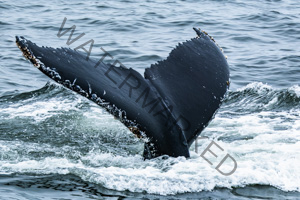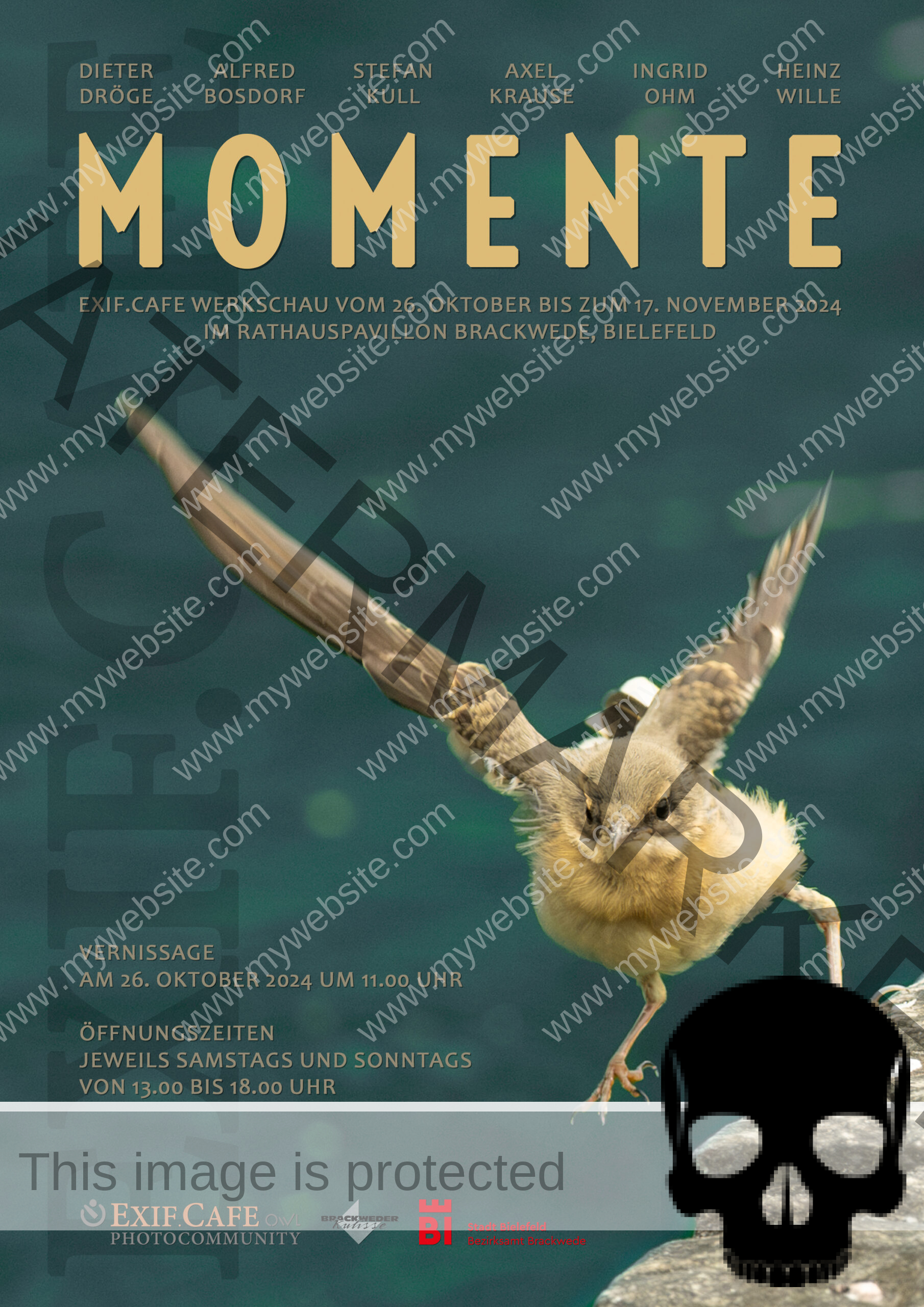 Hamburg ( engl )
Hamburg ( engl )Westküste USA
In the summer of 2024, we took a road trip to the USA. Our destination was the national parks between Los Angeles, Las Vegas and San Francisco.
Los Angeles
Joshua Tree (Arch Rock)
Grand Canyon
Antelope X Canyon
Sequoia Nationalpark
Yosemite Nationalpark
San Francisco
Whale watching (Monterey)
Los Angeles
Joshua Tree (Arch Rock)
Grand Canyon
Antelope X Canyon
Sequoia Nationalpark
Yosemite Nationalpark
San Francisco
Whale watching (Monterey)
Los Angeles
We started in Los Angeles on July 15. We spent three days here to get rid of the jet lag. Our first destination was St. Monica with its beautiful Pacific beach. On the pier, we discovered by chance that this is where the legendary Road 66 ends, which we encountered several times later.
Our next destination was Venice Beach, where we liked it even better. There were few posers on Muscle Beach, but we watched the skaters for a long time.
We went on a guided tour of Warner Studios. It was very professional, but more for series fans and not so much for movie fans of the 80s and 90s. In the house set, Tobey Maguire as Spiderman kissed Kirsten Dunst in the rain while hanging upside down. It was said that Kirsten was only allowed to pull his mask up to his nose because otherwise the nose protection would have been visible. This was necessary to prevent the water from running down his nose, as film rain is particularly powerful.



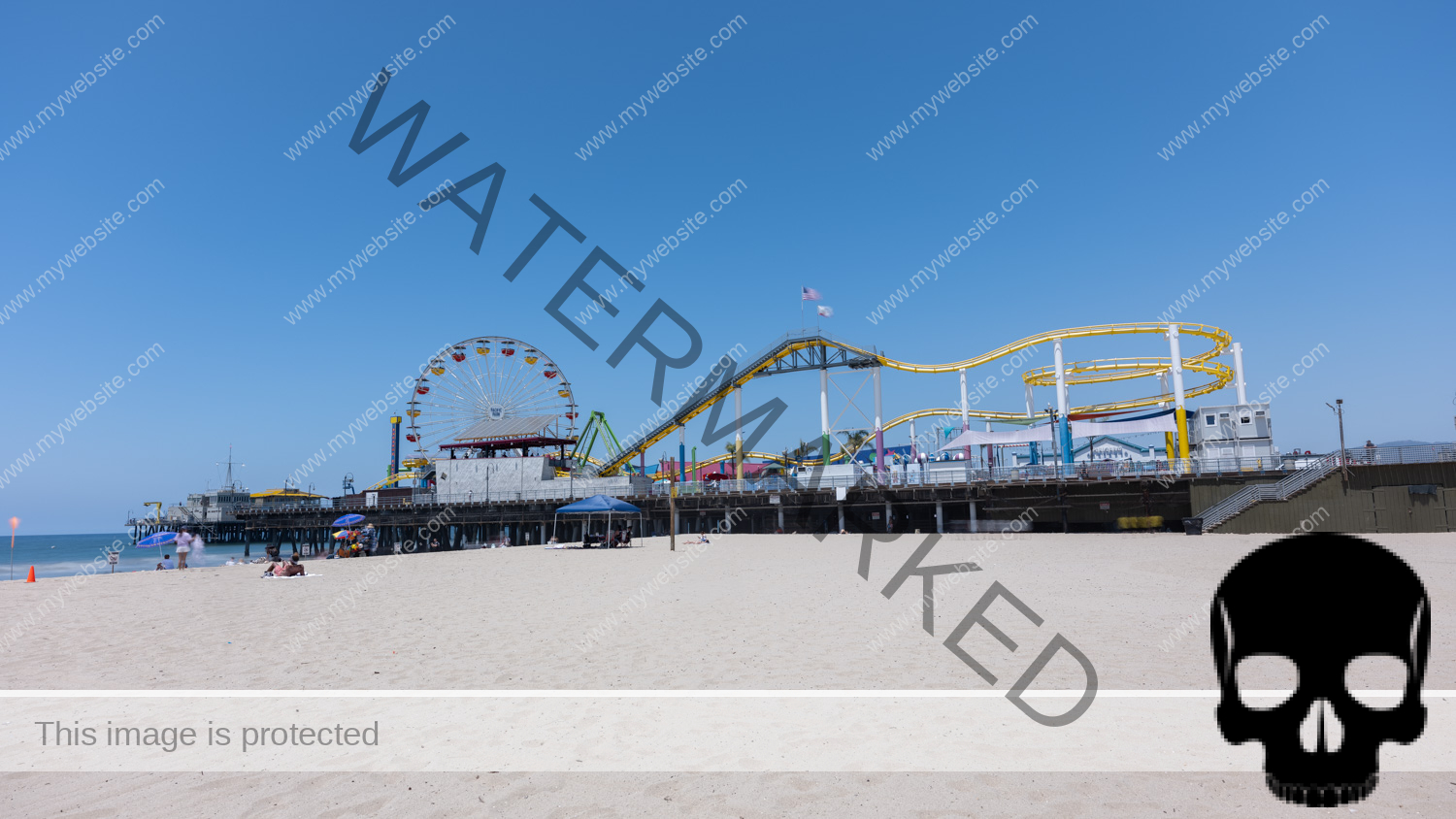


America the Beautiful
To access the national parks, you either have to pay an entrance fee or buy the “America, the Beautiful” pass for around 80 dollars. This pass is valid for 12 months and is issued in one name, but is valid for all passengers in the same car. When entering a federal national park, you then only have to show the signed “America the Beautiful” pass and your ID. We bought our annual pass at the Joshua Tree National Park information center at the north entrance. In retrospect, the cost is more than justified, as the parks are very well maintained and highly staffed.
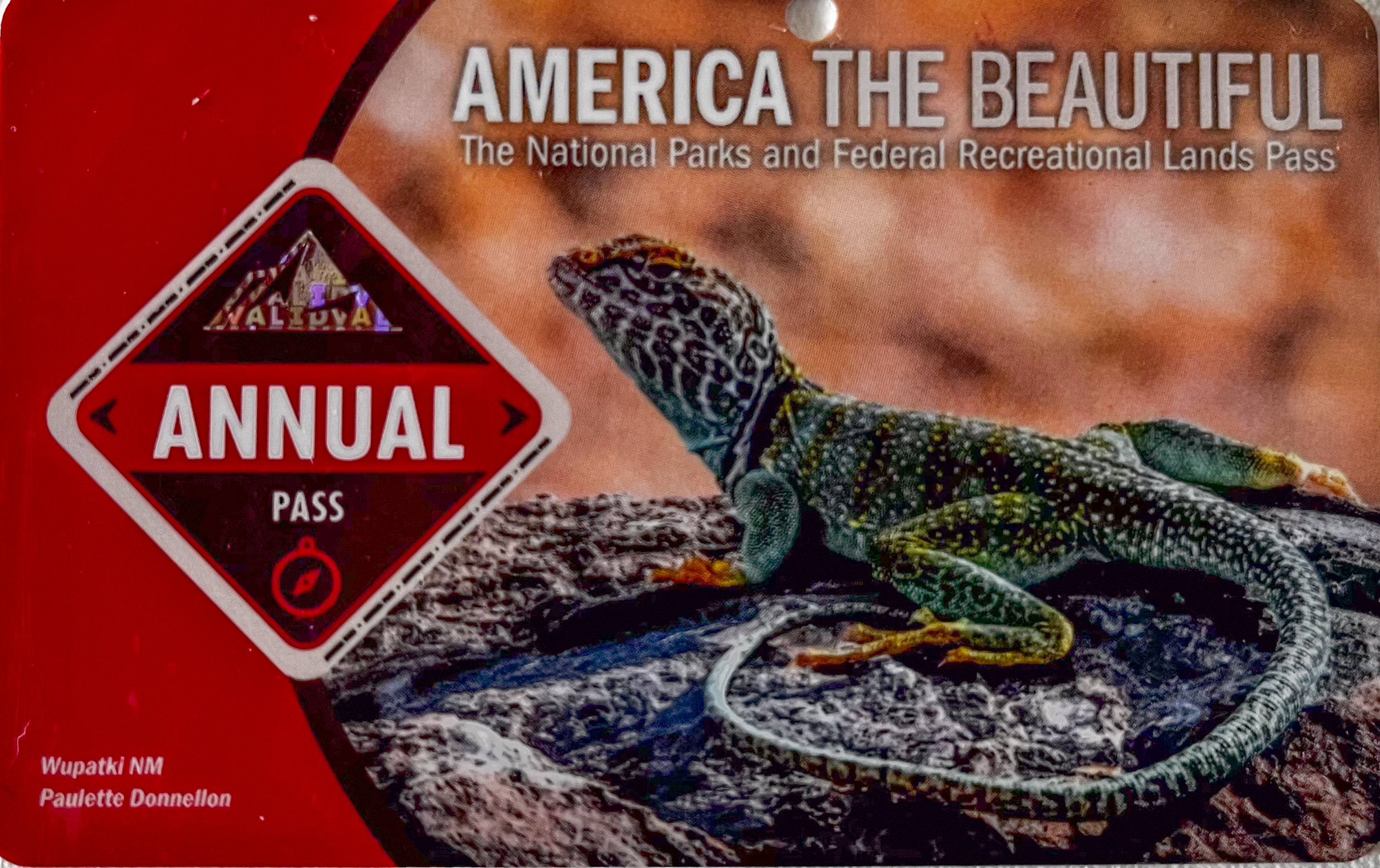
Joshua Tree National Park
The first destination after we left LA was Joshua Tree National Park.
Joshua Tree National Park is located about 200 miles east of LA. It is a desert landscape with interesting rock formations and cactus gardens. It was very hot when we visited. Leaving the air-conditioned car was a real challenge. However, you are rewarded with unusual landscapes. We drove up to Arch Rock and drove out again at the north entrance to continue our journey.
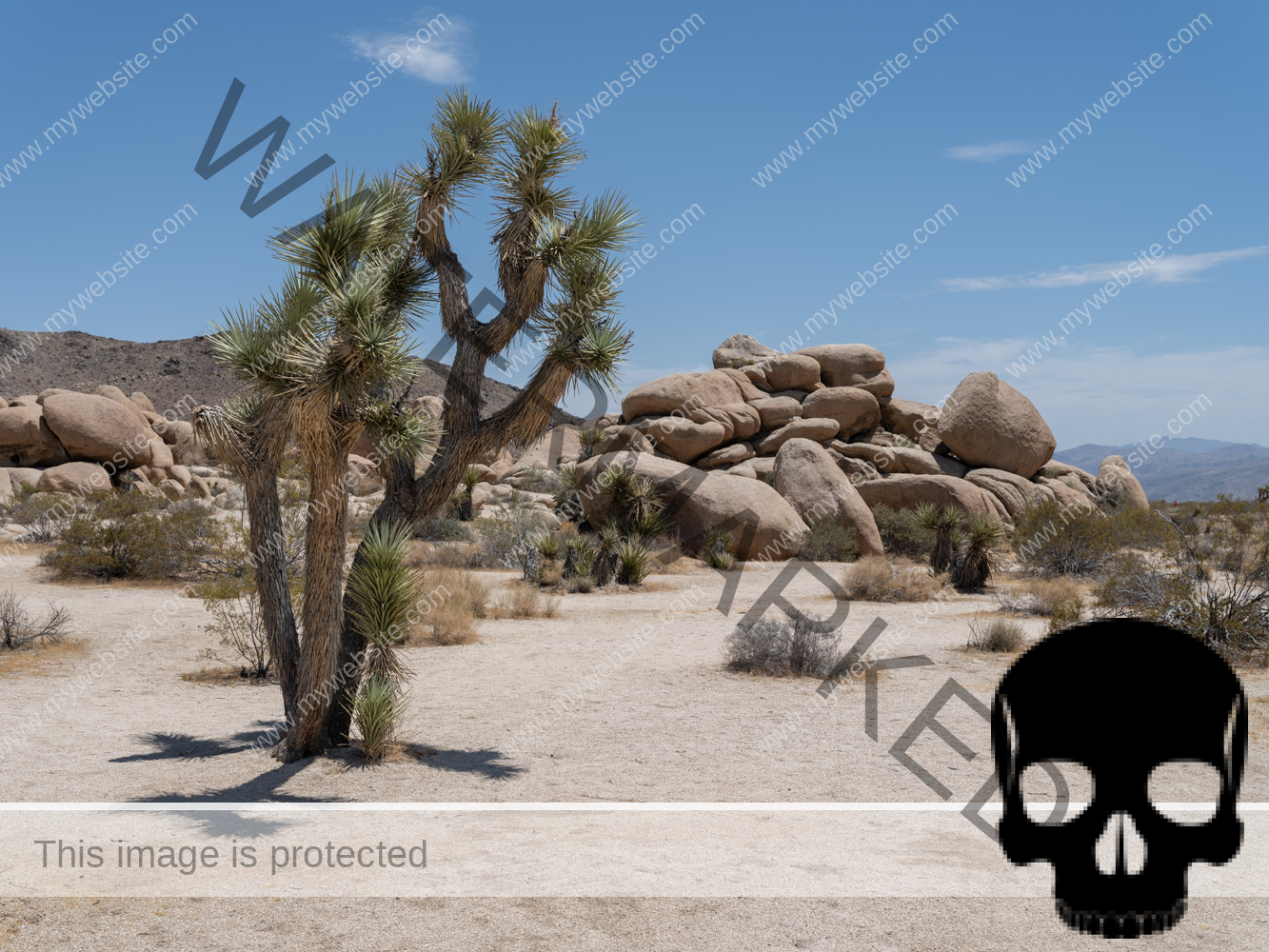



Grand Canyon
The Grand Canyon was the reason why I bought a medium format camera in advance – because of the higher resolution. Everyone knows photos that were taken at the Grand Canyon. My aim was to get as much detail as possible on the sensor.
We stayed in a nice hotel two miles from the south entrance to the national park. You can follow the Grand Canyon east along Dessert Way Drive for about 30 miles by car to the east entrance. Heading north, the road is lined with a multitude of viewpoints.
When we arrived in the park, we left our car at the central parking lot and used the free bus service to the western viewpoints. Only some of these can be explored by car as there are only a few parking spaces. Our destination was “Hopi Point”, which is said to offer the best view of the sunset. Unfortunately, clouds prevented a red sunrise or sunset during the three days we were there. The view was very impressive, but a little hazy with a rainbow.
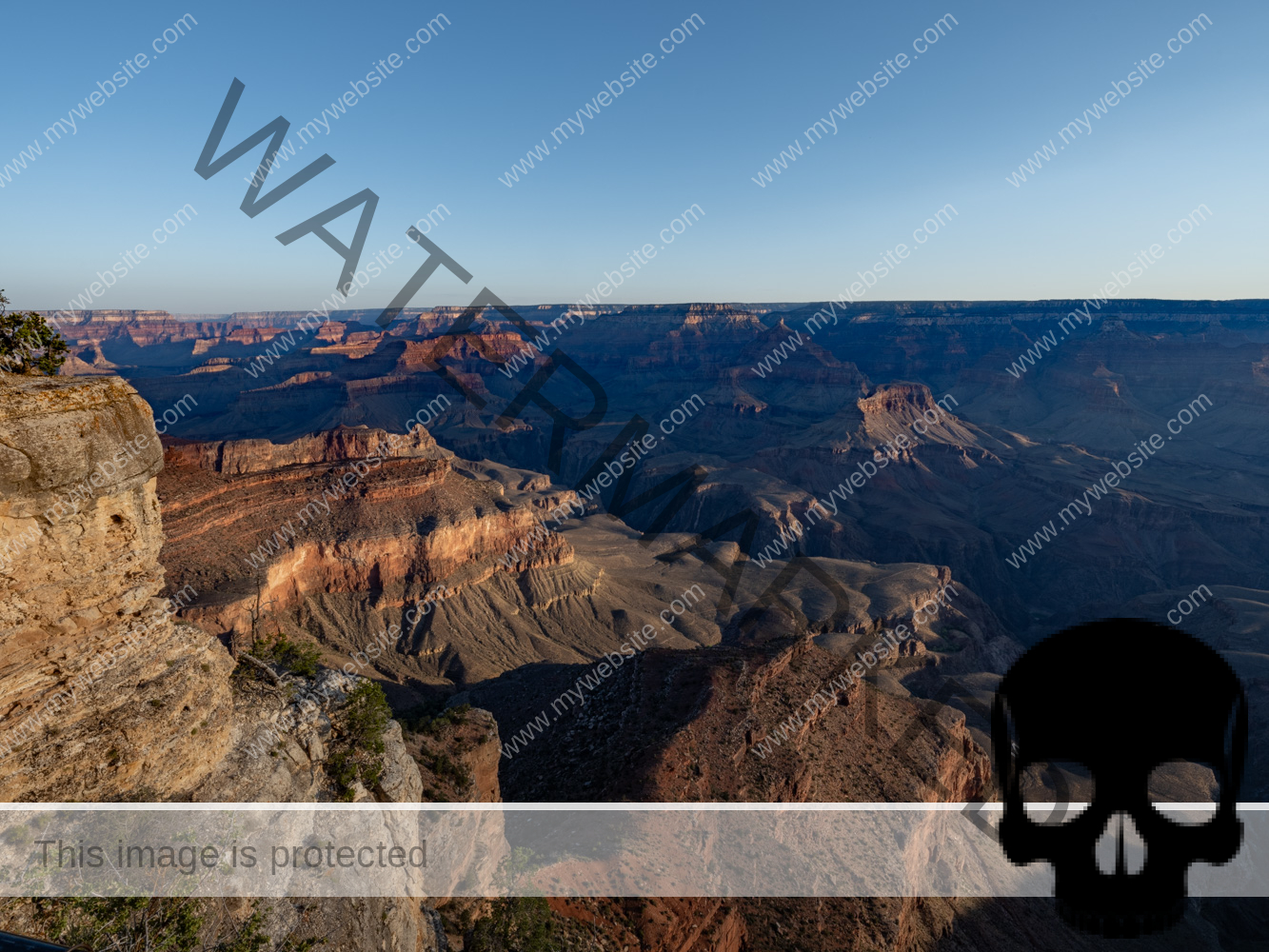

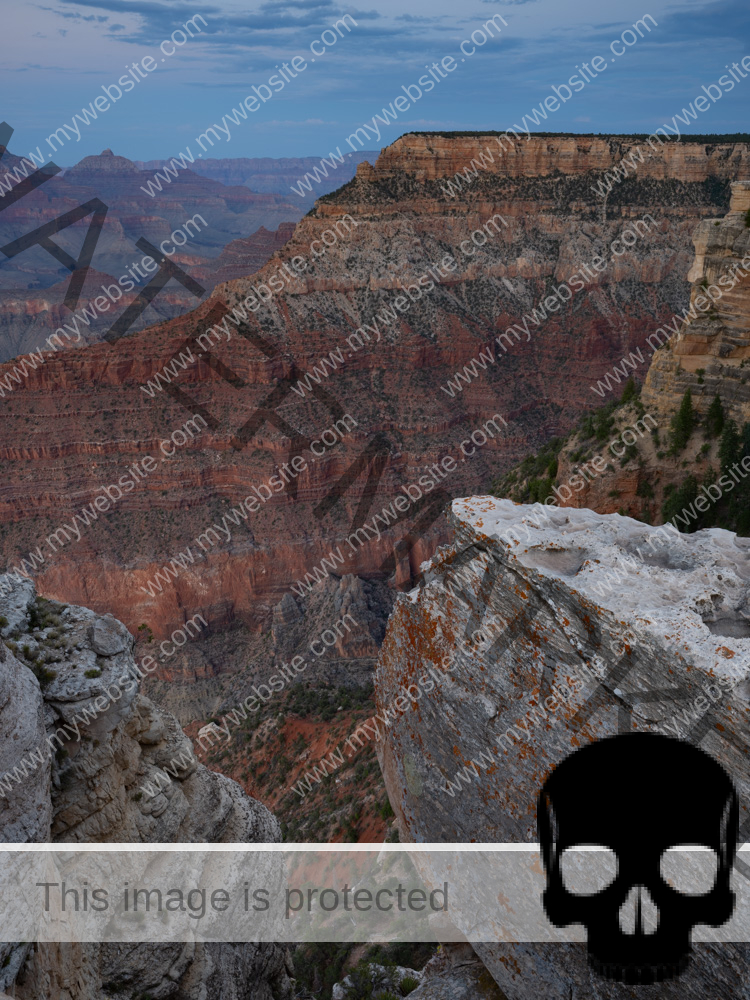



Horseshoe Bend & Antelope Canyon
Horseshoe Bend is about 200 miles from the south entrance to the Grand Canyon. To get there, we stopped at Lee Canyon. A great canyon, as the Grand Canyon was formed by water. The Hopi and Navajo Indian reservations are located in this barren area. I read that the name Navajo should be changed because it doesn’t mean anything nice. However, a Navajo woman from whom I bought jewelry referred to herself as “Navajo”.
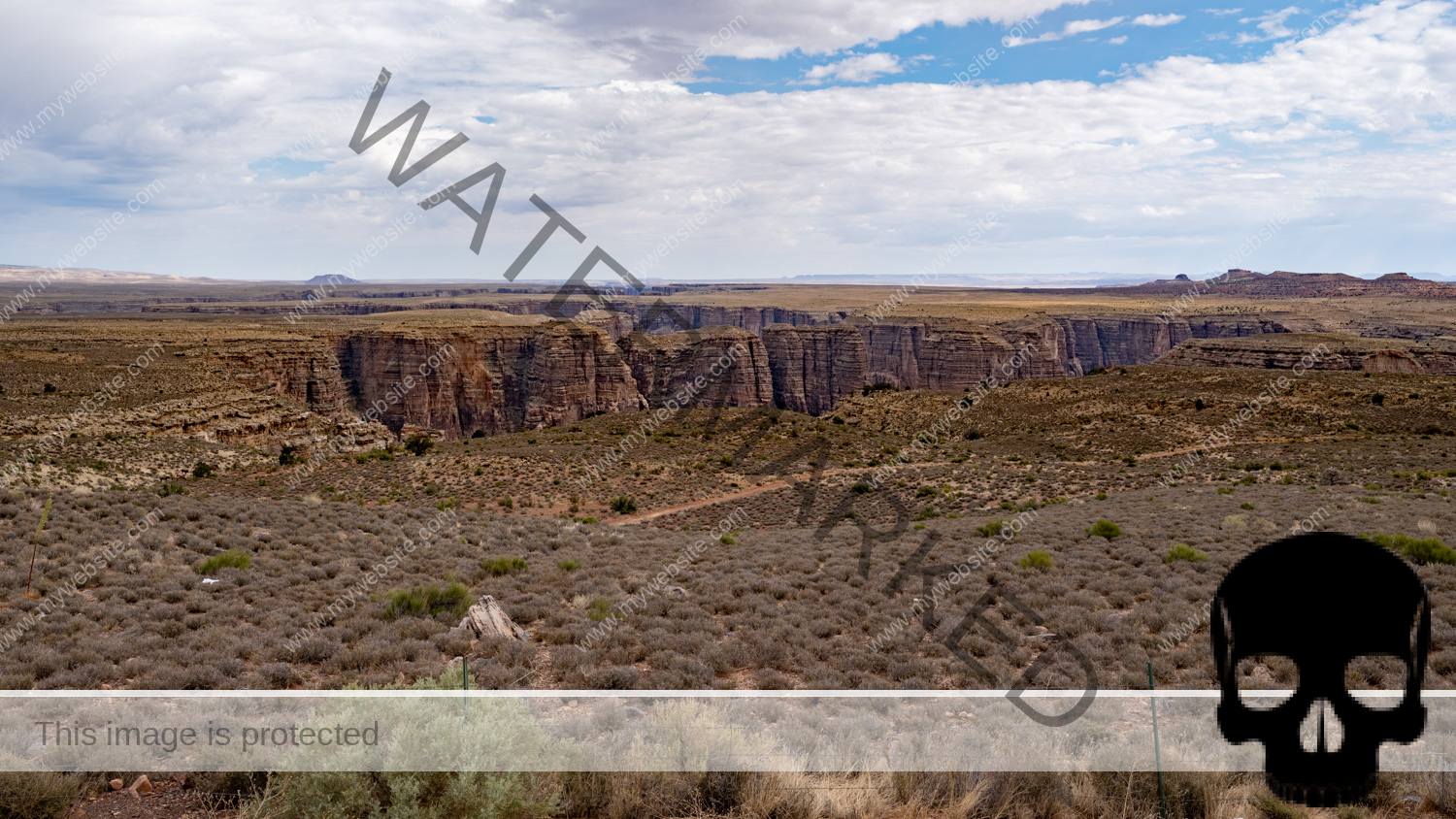


On the way to Horseshoe Bend, the time zone jumped back and forth several times. This put us under a bit of pressure because we had booked a tour of Antelope Canyon, which we wanted to reach on time. When we arrived at Horseshoe Bend, we had to pay an entrance fee at the parking lot. After a 20-minute walk through blistering heat, we arrived at the viewpoint in front of Horseshoe Bend. It was lunchtime and the light was relatively harsh. Nevertheless, the view was very impressive.
From there it was less than 10 miles to Antelope Canyon. You can only visit Antelope Canyon with a booked tour. I had read that most of them are very crowded and that visitors only have a short time to visit and take photos. That’s why we had booked the X-Tour, which was quite relaxed. We had enough time for the 90-minute tour. The canyon has been shaped into an impressive beauty by water, wind and sand over many thousands of years. I was most impressed by this canyon on our trip.






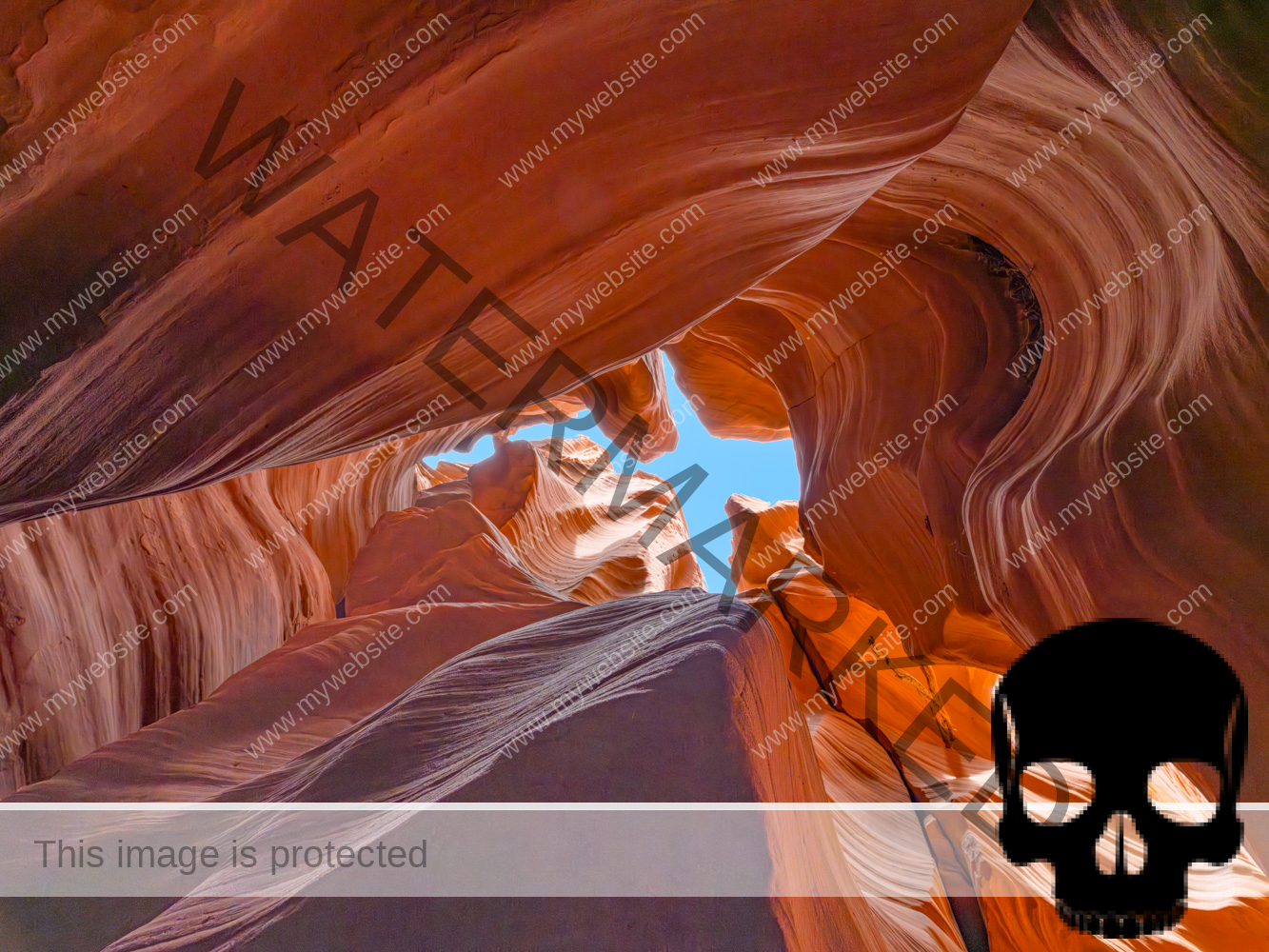

Sequoia National Park
The Sequoia National Park is famous for its many sequoia trees. Some of these giants are over 2000 years old. We learned that sequoia trees can grow so large because they grow very quickly and are largely insensitive to the weather. Even forest fires cannot usually harm them. In fact, their seeds are only released during fires.




Yosemite National Park
Yosemite View Lodge – Merced Rivver
We spent the night nearby at the Yosemite View Lodge, a large hotel complex right on the Merced River. I took a few photos on the hotel grounds by the river before sunrise.
The central entrance to the national park is just over two miles from the hotel. Like all national parks, Yosemite can be explored by car. The mighty rock “El Capitan” was one of our first impressions. We wanted to be at Glacier Point for sunset. The only way to get there was 35 miles along a winding road. Apparently others had the same idea, so we followed the convoy to the highest point. From the platform at “Glacier Point” we had a good view of the “Half Dome” – a rock in the shape of a surfacing round-headed dolphin. We waited there for the sunset with around 100 other visitors. We were not used to such a large crowd at the viewpoints in the other national parks.








San Francisco
We experienced a cold snap in San Francisco. The city was completely covered in fog at 14 degrees. When we arrived at the hotel, we were given the tip not to be out and about after 8 p.m. if possible and to avoid certain streets. We left the car at the hotel for the four days and explored the city by bus or cable car. We mostly headed towards Fisherman’s Wharf. I went to the Golden Gate Bridge three times, but I only saw it once for 20 minutes when there was no fog. The fog was to accompany us from then on. In San Francisco, the fog even has a name: “Karl, the fog”. It forms when the cold Pacific air meets the warm Californian country air.






Monterey: Whale Watching
We made several stops on the route from San Francisco to LA. The first was in Monterey with a spectacular whale watching tour. We had booked a 4-hour boat trip with the provider “Monterey Bay Whale Watch”. We were strongly advised to take seasickness tablets. Normally, we should have taken the first tablet the evening before and the second one an hour before the tour. Without this knowledge, we took both tablets together. A little tip: watch out for side effects.
You couldn’t see 100 meters because of the fog. So I had little hope of a successful whale experience. After about half an hour’s drive, however, we spotted a group of around 15 humpback whales. They were constantly coming up for air and at the same time emitting a fountain of air and water through the blowhole. This air smells very pungent when the whales have eaten enough. When I look at the pictures today, I immediately smell that smell again. The whales often showed us their tail fins (fluke). In between, a small group of round-headed dolphins appeared. The sea lions were also out and about in the same hunting area. The tour was a great experience.









Westküste USA
In the summer of 2024, we took a road trip to the USA. Our destination was the national parks between Los Angeles, Las Vegas and San Francisco.
Los Angeles
Joshua Tree (Arch Rock)
Grand Canyon
Antelope X Canyon
Sequoia Nationalpark
Yosemite Nationalpark
San Francisco
Whale watching (Monterey)
Los Angeles
Joshua Tree (Arch Rock)
Grand Canyon
Antelope X Canyon
Sequoia Nationalpark
Yosemite Nationalpark
San Francisco
Whale watching (Monterey)
Los Angeles
We started in Los Angeles on July 15. We spent three days here to get rid of the jet lag. Our first destination was St. Monica with its beautiful Pacific beach. On the pier, we discovered by chance that this is where the legendary Road 66 ends, which we encountered several times later.
Our next destination was Venice Beach, where we liked it even better. There were few posers on Muscle Beach, but we watched the skaters for a long time.
We went on a guided tour of Warner Studios. It was very professional, but more for series fans and not so much for movie fans of the 80s and 90s. In the house set, Tobey Maguire as Spiderman kissed Kirsten Dunst in the rain while hanging upside down. It was said that Kirsten was only allowed to pull his mask up to his nose because otherwise the nose protection would have been visible. This was necessary to prevent the water from running down his nose, as film rain is particularly powerful.






America the Beautiful
To access the national parks, you either have to pay an entrance fee or buy the “America, the Beautiful” pass for around 80 dollars. This pass is valid for 12 months and is issued in one name, but is valid for all passengers in the same car. When entering a federal national park, you then only have to show the signed “America the Beautiful” pass and your ID. We bought our annual pass at the Joshua Tree National Park information center at the north entrance. In retrospect, the cost is more than justified, as the parks are very well maintained and highly staffed.

Joshua Tree National Park
The first destination after we left LA was Joshua Tree National Park.
Joshua Tree National Park is located about 200 miles east of LA. It is a desert landscape with interesting rock formations and cactus gardens. It was very hot when we visited. Leaving the air-conditioned car was a real challenge. However, you are rewarded with unusual landscapes. We drove up to Arch Rock and drove out again at the north entrance to continue our journey.




Grand Canyon
The Grand Canyon was the reason why I bought a medium format camera in advance – because of the higher resolution. Everyone knows photos that were taken at the Grand Canyon. My aim was to get as much detail as possible on the sensor.
We stayed in a nice hotel two miles from the south entrance to the national park. You can follow the Grand Canyon east along Dessert Way Drive for about 30 miles by car to the east entrance. Heading north, the road is lined with a multitude of viewpoints.
When we arrived in the park, we left our car at the central parking lot and used the free bus service to the western viewpoints. Only some of these can be explored by car as there are only a few parking spaces. Our destination was “Hopi Point”, which is said to offer the best view of the sunset. Unfortunately, clouds prevented a red sunrise or sunset during the three days we were there. The view was very impressive, but a little hazy with a rainbow.






Horseshoe Bend & Antelope Canyon
Horseshoe Bend is about 200 miles from the south entrance to the Grand Canyon. To get there, we stopped at Lee Canyon. A great canyon, as the Grand Canyon was formed by water. The Hopi and Navajo Indian reservations are located in this barren area. I read that the name Navajo should be changed because it doesn’t mean anything nice. However, a Navajo woman from whom I bought jewelry referred to herself as “Navajo”.



On the way to Horseshoe Bend, the time zone jumped back and forth several times. This put us under a bit of pressure because we had booked a tour of Antelope Canyon, which we wanted to reach on time. When we arrived at Horseshoe Bend, we had to pay an entrance fee at the parking lot. After a 20-minute walk through blistering heat, we arrived at the viewpoint in front of Horseshoe Bend. It was lunchtime and the light was relatively harsh. Nevertheless, the view was very impressive.
From there it was less than 10 miles to Antelope Canyon. You can only visit Antelope Canyon with a booked tour. I had read that most of them are very crowded and that visitors only have a short time to visit and take photos. That’s why we had booked the X-Tour, which was quite relaxed. We had enough time for the 90-minute tour. The canyon has been shaped into an impressive beauty by water, wind and sand over many thousands of years. I was most impressed by this canyon on our trip.








Sequoia National Park
The Sequoia National Park is famous for its many sequoia trees. Some of these giants are over 2000 years old. We learned that sequoia trees can grow so large because they grow very quickly and are largely insensitive to the weather. Even forest fires cannot usually harm them. In fact, their seeds are only released during fires.




Yosemite National Park
Yosemite View Lodge – Merced Rivver
We spent the night nearby at the Yosemite View Lodge, a large hotel complex right on the Merced River. I took a few photos on the hotel grounds by the river before sunrise.
The central entrance to the national park is just over two miles from the hotel. Like all national parks, Yosemite can be explored by car. The mighty rock “El Capitan” was one of our first impressions. We wanted to be at Glacier Point for sunset. The only way to get there was 35 miles along a winding road. Apparently others had the same idea, so we followed the convoy to the highest point. From the platform at “Glacier Point” we had a good view of the “Half Dome” – a rock in the shape of a surfacing round-headed dolphin. We waited there for the sunset with around 100 other visitors. We were not used to such a large crowd at the viewpoints in the other national parks.








San Francisco
We experienced a cold snap in San Francisco. The city was completely covered in fog at 14 degrees. When we arrived at the hotel, we were given the tip not to be out and about after 8 p.m. if possible and to avoid certain streets. We left the car at the hotel for the four days and explored the city by bus or cable car. We mostly headed towards Fisherman’s Wharf. I went to the Golden Gate Bridge three times, but I only saw it once for 20 minutes when there was no fog. The fog was to accompany us from then on. In San Francisco, the fog even has a name: “Karl, the fog”. It forms when the cold Pacific air meets the warm Californian country air.






Monterey: Whale Watching
We made several stops on the route from San Francisco to LA. The first was in Monterey with a spectacular whale watching tour. We had booked a 4-hour boat trip with the provider “Monterey Bay Whale Watch”. We were strongly advised to take seasickness tablets. Normally, we should have taken the first tablet the evening before and the second one an hour before the tour. Without this knowledge, we took both tablets together. A little tip: watch out for side effects.
You couldn’t see 100 meters because of the fog. So I had little hope of a successful whale experience. After about half an hour’s drive, however, we spotted a group of around 15 humpback whales. They were constantly coming up for air and at the same time emitting a fountain of air and water through the blowhole. This air smells very pungent when the whales have eaten enough. When I look at the pictures today, I immediately smell that smell again. The whales often showed us their tail fins (fluke). In between, a small group of round-headed dolphins appeared. The sea lions were also out and about in the same hunting area. The tour was a great experience.

















